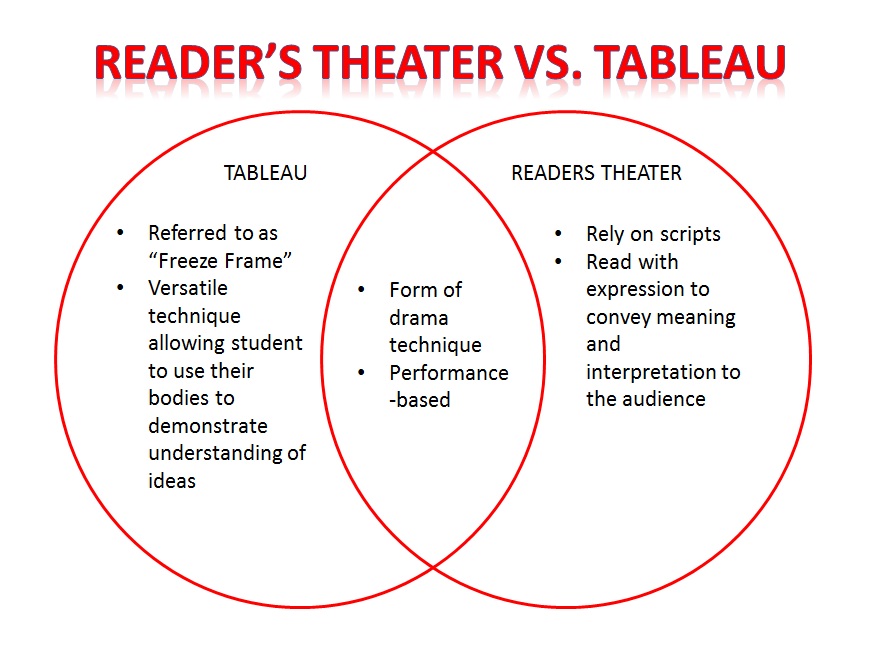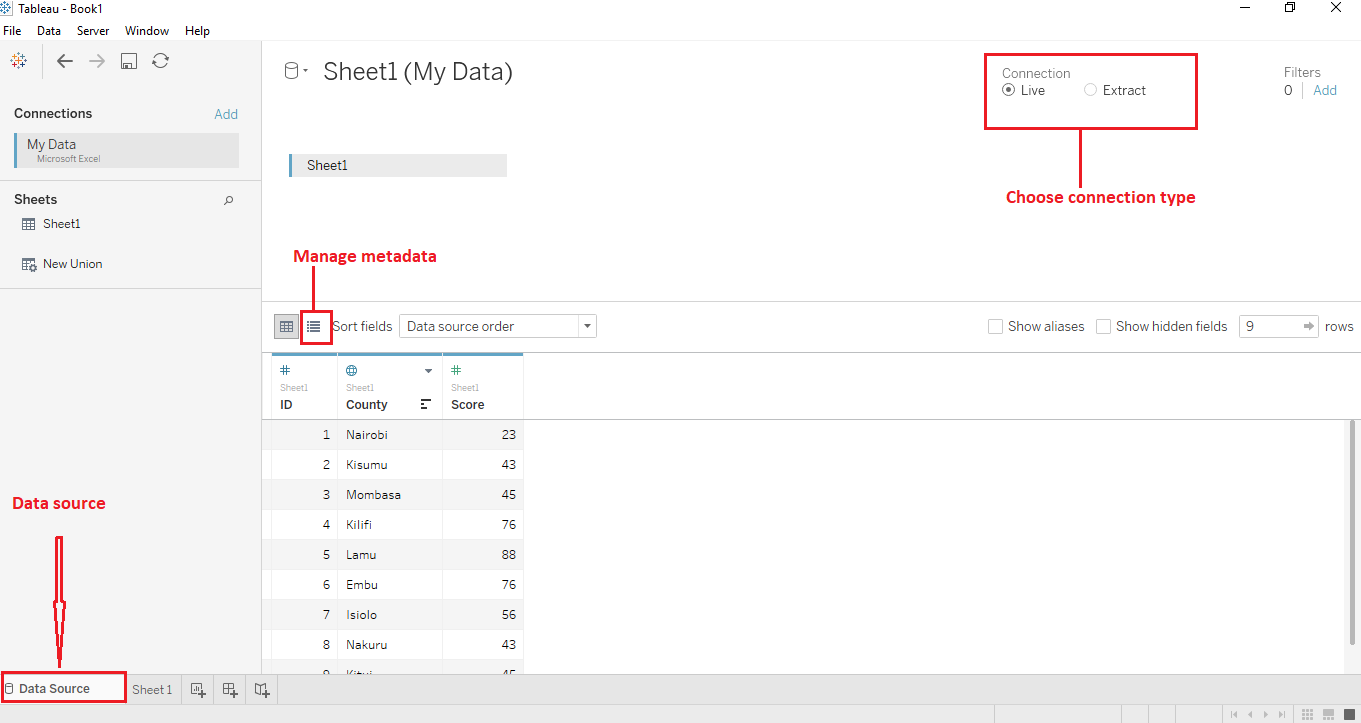


Knowi can work with any type of data, whether structured, unstructured, small, or big data. The two platforms don’t perform well when it comes to processing unstructured data. However, Looker’s support for big data processing is not as powerful as that of Tableau. Looker and Tableau are famous tools for big data analysis. Supported data is an important factor to consider when comparing Looker vs Tableau vs Knowi. If the data is structured, and the SQL queries are fast, both perform well. But Looker and Knowi can give you all the standard visualizations that you need and allow you to customize them.īoth Looker and Tableau have limitations with high volume, high velocity or high variety data sources due to inherent limitations of their architecture. The bottom line is that Tableau is the leading data visualization tool in the BI industry. Additionally, Knowi users can create custom visualizations using Javascript to meet their specific needs. It supports more than 30 visualizations that can be used to present data visually. Knowi can also be used to create customizable dashboards and visualizations. With Tableau, you can create amazing graphs, maps, charts, dashboards, and stories that you can customize to meet your requirements. Tableau is well-known in the BI world for its ability to generate beautiful and powerful visualizations. Examples of these visualizations include cartesian charts, progression charts, pie and donut charts, maps, texts and tables. Each visualization comes with unique settings that can be used to customize its look. Looker provides users with different types of visualizations that they can use to make sense out of their data. Knowi’s REST API integration is superior out of the list by far as it allows you to connect to APIs and transform and join results across other data sources.

#Tableau reader vs tableau viewer install#
Unlike other BI platforms, Knowi comes with native connectors to NoSQL data sources, so there is no need to install third party drivers and it’s fully native without the need to “relationalize”” the data. If you have data in NoSQL, REST-API’s, files etc, they’ll need to be put into some form of a SQL database for Looker to query against. Looker works only with SQL based data sources. It’s user interface for the data engineers is sophisticated, but might take a bit of getting used to. Knowi’s business user interface is simple, intuitive and customizable. Tableau is easy to use for business analysts, and is perhaps the gold standard in terms of creating sophisticated visualizations. If you are not interested in deep data drilling, Looker may be the best tool for you as it can give you clean and simple design aesthetics. When you look at the dashboards of the three BI platforms, my subjective opinion is that Looker has a more user-friendly user interface. Tableau also offers Tableau Mobile and Tableau Reader for viewing visualizations and dashboards on mobile devices and desktops respectively. Visualizations made with Tableau Desktop are saved in Tableau Server while those made with Tableau Desktop Public Edition are saved to Tableau Public. Cloud users can choose Tableau Online or Tableau Server. Desktop users have two Tableau options, Tableau Desktop and Tableau Desktop Public Edition (free). Tableau provides online cloud and desktop client access to its products. Knowi provides its enterprise users with On-premise/Cloud/Hybrid deployment options. Knowi has a cloud-enabled platform as well as an on-premise version, that is also accessible via a web browser without support for desktop installations. There is no need for desktop installation and maintenance. Looker is a browser-based BI tool with both cloud and an on-premise deployment option, and users can choose the version that they need based on their requirements. Next, we will be discussing how these three BI tools compare in 9 core areas: It can also be used for real-time data analytics.

Tableau comes with advanced features that can help users to drill down into data and present the findings in a visual format for easy understanding by all users. It allows its users to create a wide range of visualizations from their data to showcase insights. launched in 2003 and acquired by Salesforce in 2019, Tableau has the largest user base among all the BI tools available in the market. Tableau is a data visualization tool used by companies for business intelligence.


 0 kommentar(er)
0 kommentar(er)
